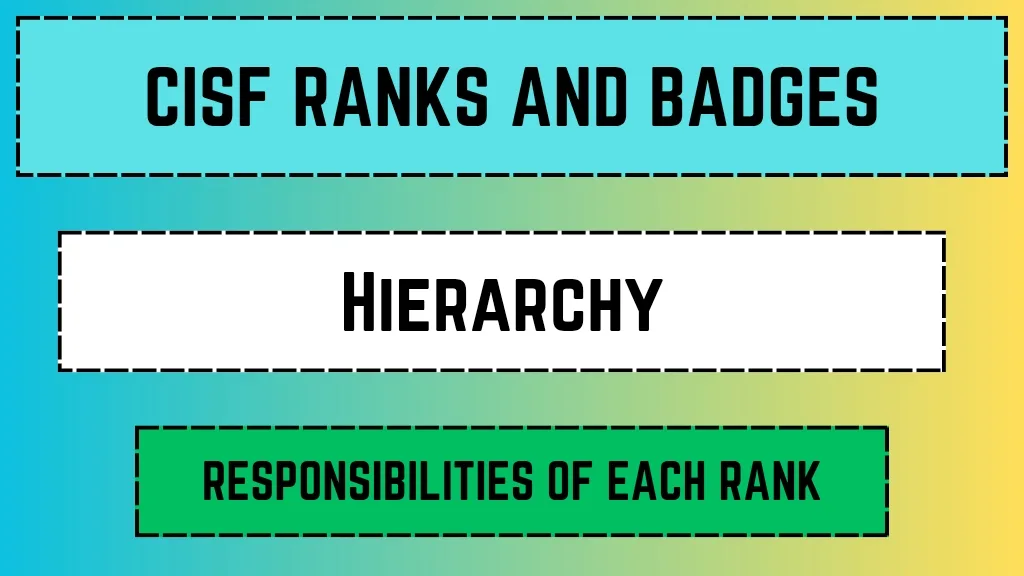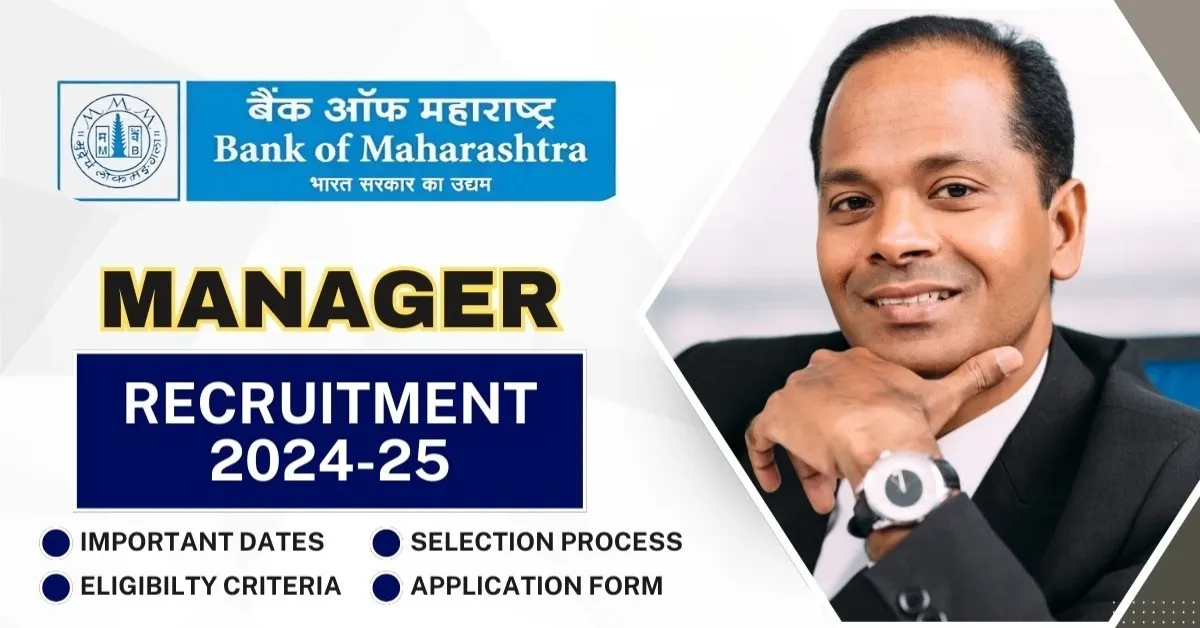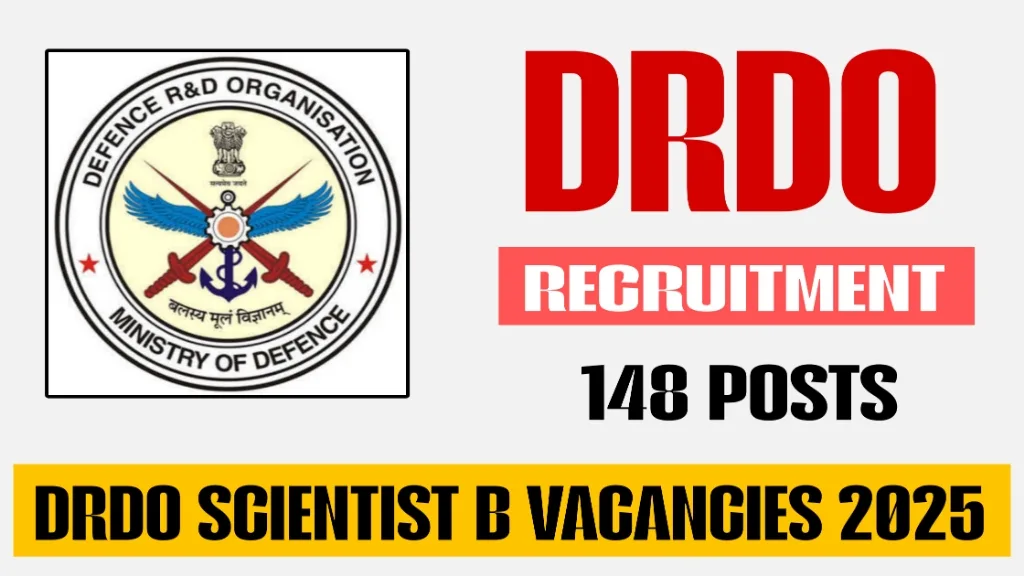The Central Industrial Security Force (CISF) plays a pivotal role in safeguarding India’s critical infrastructure and public sector undertakings. Established in 1969, the CISF has evolved into a premier multi-skilled security agency, ensuring the protection of vital installations across the nation. Understanding the hierarchy of ranks and corresponding badges within the CISF offers insight into its structured organization and the responsibilities assigned to each position.
Key Highlights
- Organization Name: Central Industrial Security Force (CISF)
- Established: 1969
- Primary Role: Security of critical infrastructure and public sector undertakings
- Headquarters: New Delhi, India
- Motto: “Protection and Security”
- Parent Agency: Ministry of Home Affairs, Government of India
- Personnel Strength: Over 1,40,000 active personnel
- Specialized Units: Airport Security, Fire Wing, VIP Security
- Official Website: https://www.cisf.gov.in
Hierarchical Structure of CISF 🛡️
The CISF’s organizational framework is meticulously designed to ensure efficient command and control. The force is divided into various sectors, each overseen by officers of specific ranks, ensuring seamless operations across different units.
Gazetted Officers Ranks and Responsibilities 🎖️
- Director General (DG): The highest-ranking officer in the CISF, the DG is responsible for overall command and strategic decision-making.
- Additional Director General (ADG): Assists the DG and oversees multiple sectors, ensuring policies are effectively implemented.
- Inspector General (IG): Heads individual sectors such as Airport, North, or Training, managing operations and administration.
- Deputy Inspector General (DIG): Supervises zones within sectors, coordinating between the IG and unit commanders.
- Senior Commandant: Leads major units, ensuring security protocols are upheld and reporting to the DIG.
- Commandant: Commands units, focusing on operational readiness and personnel management.
- Deputy Commandant: Acts as the second-in-command within units, assisting the Commandant in daily functions.
- Assistant Commandant: The entry-level rank for gazetted officers, responsible for leading companies and implementing directives.
Non-Gazetted Officers and Enlisted Ranks 🪖
- Inspector: Manages platoons and ensures discipline among the ranks.
- Sub-Inspector (SI): Assists the Inspector and oversees section-level operations.
- Assistant Sub-Inspector (ASI): Supports the SI in administrative and operational tasks.
- Head Constable: Leads constables in daily duties and maintains order.
- Constable: The backbone of the CISF, constables execute ground-level security tasks and patrols.
Badge Insignia and Their Significance 🏅
Each rank in the CISF is distinguished by unique badges and insignia, symbolizing authority and responsibility.
- Director General: Features a national emblem over crossed sword and baton.
- Additional Director General: Displays the national emblem with a star below.
- Inspector General: Bears the national emblem above two stars.
- Deputy Inspector General: Shows the national emblem above one star.
- Senior Commandant: Wears three stars in a vertical line.
- Commandant: Has two stars aligned vertically.
- Deputy Commandant: Displays a single star.
- Assistant Commandant: Features three stripes.
- Inspector: Wears two stripes.
- Sub-Inspector: Displays one stripe.
- Assistant Sub-Inspector: Bears a single star.
- Head Constable: Features three chevrons pointing upwards.
- Constable: No insignia.
Responsibilities Associated with Each Rank 🗂️
- Director General: Formulates policies and oversees the entire force’s functioning.
- Additional Director General: Implements strategies and supervises multiple sectors.
- Inspector General: Manages sector-specific operations, ensuring security measures are in place.
- Deputy Inspector General: Coordinates between sector heads and unit commanders, facilitating communication.
- Senior Commandant: Ensures the operational efficiency of major units and adherence to protocols.
- Commandant: Oversees unit activities, focusing on training and discipline.
- Deputy Commandant: Assists in unit management and stands in during the Commandant’s absence.
- Assistant Commandant: Leads companies, executing orders from higher-ups and managing personnel.
- Inspector: Supervises platoons, ensuring tasks are completed effectively.
- Sub-Inspector: Oversees sections, assisting in training and operations.
- Assistant Sub-Inspector: Supports higher officers in administrative duties.
- Head Constable: Leads constables, ensuring discipline and order.
- Constable: Performs essential security duties, including patrolling and monitoring.
Career Progression and Opportunities 📈
The CISF offers a structured career path, with clear avenues for promotion based on performance, experience, and examinations. Personnel are encouraged to enhance their skills through regular training programs, ensuring they are well-prepared for advanced responsibilities.
Training and Development 🏋️♂️
Training is a cornerstone of the CISF’s operational effectiveness. New recruits undergo
rigorous training at CISF Training Centers, where they are taught combat tactics, physical endurance, crisis management, and law enforcement techniques. Specialized training is provided for different units, such as:
- Airport Security Training ✈️: Handling aviation threats, passenger frisking, and baggage screening.
- Fire Safety Training 🔥: Managing industrial fire hazards, firefighting drills, and disaster response.
- VIP Security Training 🛡️: Protection techniques for high-profile individuals and government officials.
- Industrial Security Training 🏭: Ensuring the safety of major public sector units and nuclear facilities.
CISF personnel also undergo refresher courses periodically to keep up with modern security challenges and advancements in technology.
Special Units and Their Functions 🚔
Apart from standard security duties, CISF has specialized units catering to various needs:
- Airport Security Group (ASG) – Protects all major airports in India and ensures passenger safety.
- Fire Service Wing – Handles fire emergencies in industrial and high-risk zones.
- VIP Protection Unit – Provides security to high-ranking government officials, including the Z+ category security.
- Disaster Management Team – Assists during natural disasters, terrorist attacks, and other emergencies.
- Industrial Security Force – Protects strategic industries like nuclear plants, oil refineries, and steel plants.
Promotion and Career Growth 📊
CISF personnel can rise through the ranks based on performance, seniority, and internal departmental exams. The career progression typically follows this path:
- Constable → Head Constable → Assistant Sub-Inspector (ASI)
- Sub-Inspector (SI) → Inspector → Assistant Commandant (AC)
- Commandant → Deputy Inspector General (DIG) → Inspector General (IG)
- Additional Director General (ADG) → Director General (DG)
Promotions are merit-based, but personnel must clear departmental exams and fulfill service requirements.
Retirement and Post-Service Benefits 🎗️
CISF offers attractive post-retirement benefits, including:
- Pension and Gratuity – Lifetime pension for retired personnel.
- Health Benefits – Free medical facilities under CGHS (Central Government Health Scheme).
- Re-employment Opportunities – Retired CISF officers often get jobs in private security firms and government agencies.
- Welfare Schemes – Educational benefits for children, insurance coverage, and financial assistance.
Final Thoughts 🎯
The CISF ranks and badges system ensures a well-organized structure, maintaining discipline and efficiency. From protecting vital installations to handling emergency situations, the force plays a crucial role in national security. With its strict training programs, career progression opportunities, and special units, CISF remains one of the most respected paramilitary forces in India.














